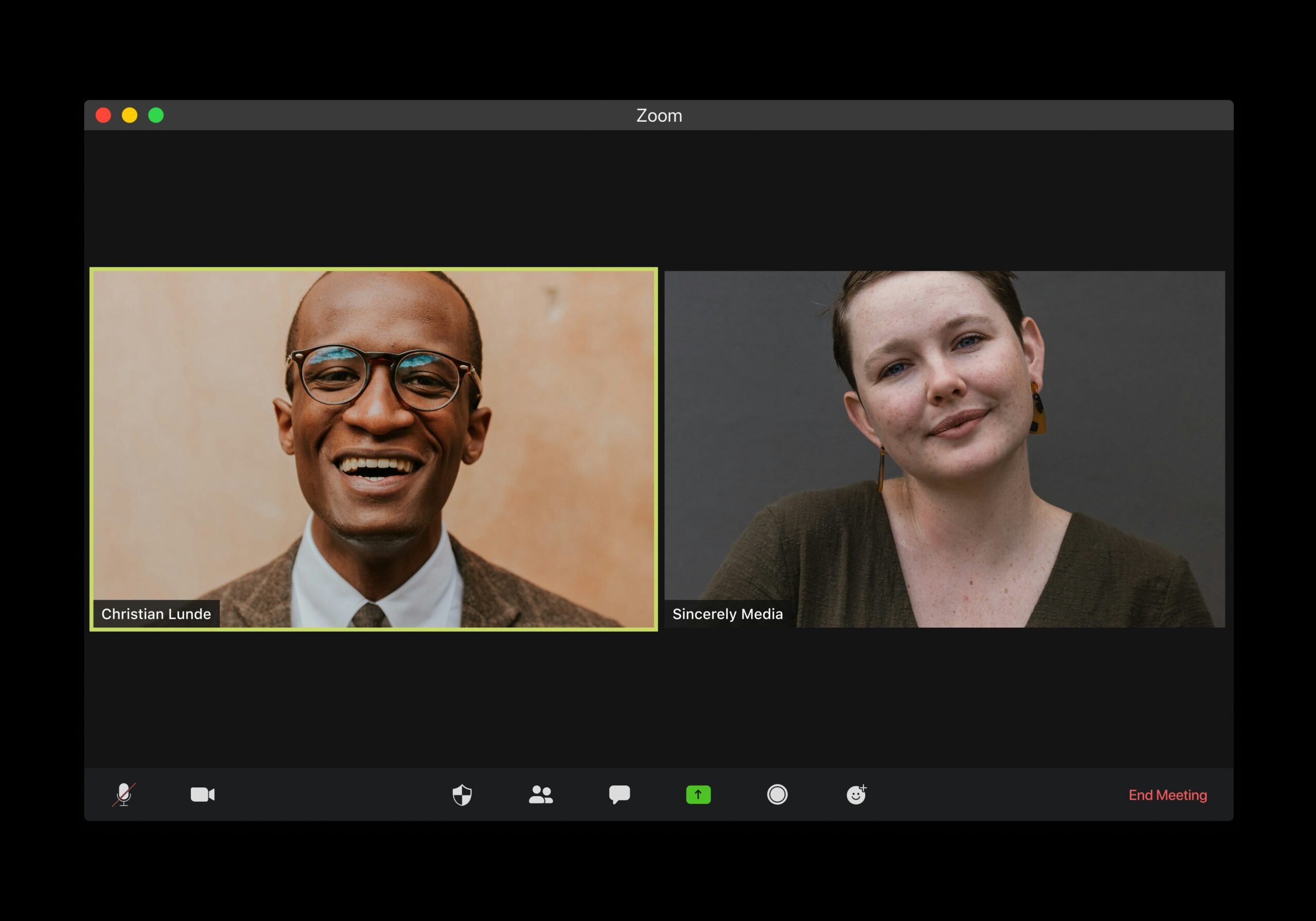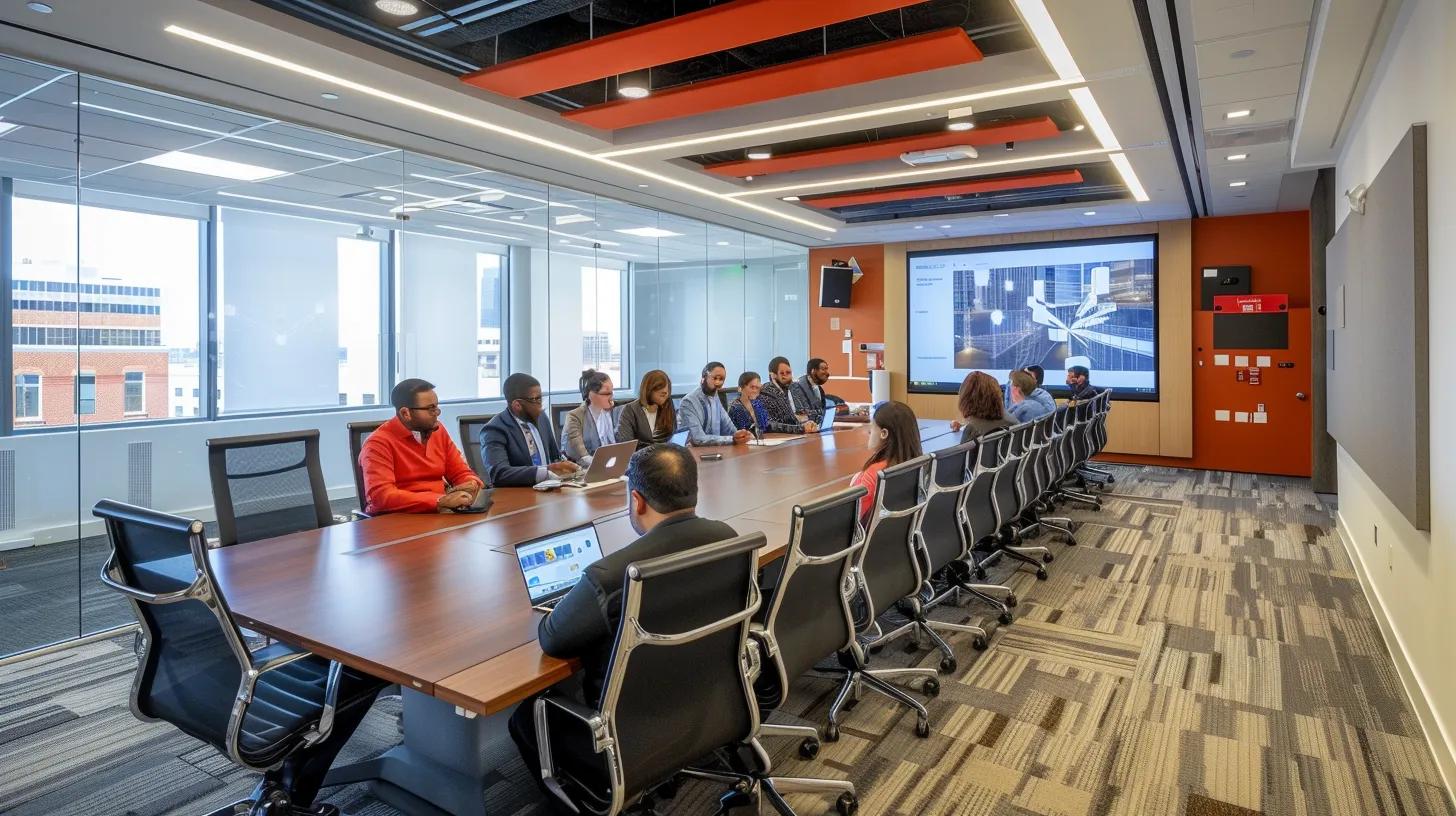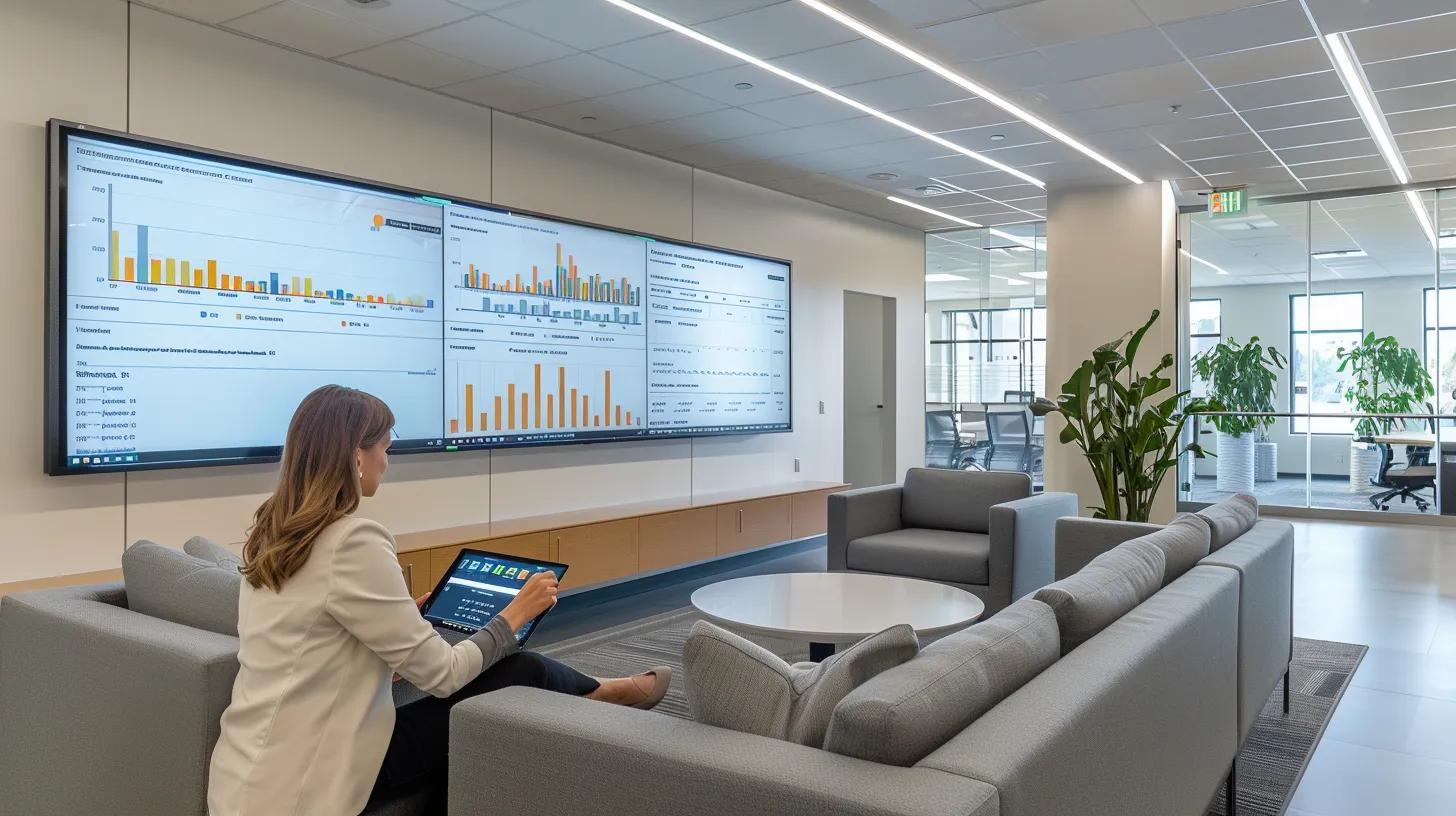Remote testing and feedback enhance user experience evaluation by using digital tools to observe user interactions in real-world environments. This method captures authentic behavior across various devices and contexts, offering insights that traditional lab testing may miss. A 2021 study found that remote UX evaluations led to a 32% decrease in user drop-off rates, highlighting its impact on engagement. By leveraging session recordings, feedback widgets, and integrated chat tools, businesses can continuously collect and analyze user input. This ongoing loop of testing and refinement ensures that design decisions are grounded in real user needs, leading to more intuitive and effective digital experiences.
Key Takeaways
- Examine inquiry details for proactive engagement.
- Demand clear and itemized budget transparency.
- Prioritize usability and responsive design in proposals.
- Ensure professional communication throughout the project.
- Review past work and secure long-term support contracts.
1. Scrutinizing Proposal Inquiries and Client Engagement – Ensuring Comprehensive Initial Communication

Scrutinizing proposal inquiries and client engagement increases the likelihood of uncovering key red flags from the onset. A robust evaluation begins with clearly analyzing every question posed by the web design firm and how actively they engage with your brand. Research indicates that proactive communication is directly correlated with project success, with 63% of businesses reporting improved outcomes when agencies demonstrate clear engagement (Smith et al., 2021). By assessing the detail and responsiveness of inquiries, you can confirm that the agency is genuinely interested in tailoring their proposal to your specific technical, design, and marketing needs.
For example, an agency that asks comprehensive questions about your target audience, budget constraints, and expected outcomes signals that they understand the nuances of content management systems and SEO techniques. This proactive approach indicates a willingness to collaborate and adapt to the ever-changing digital landscape, which is essential for increasing website traffic, enhancing visibility, and ensuring ongoing lead generation.
In addition, reviewing previous client testimonials and their engagement strategies can provide concrete evidence of their methodology. Integrating these best practices, as explained by industry experts at leading design agencies, ensures that your final contract is based on transparency and genuine partnership.
2. Evaluating Budget Transparency in Proposals – Verifying Clear and Detailed Cost Specifications

Evaluating budget transparency in proposals improves your ability to pinpoint hidden costs and overinflated price claims. Transparent budget disclosures mean that every expense—from initial design to ongoing website maintenance—is clearly itemized. Recent research published in the Journal of Digital Marketing (2022) revealed that proposals lacking clear budget breakdowns are 40% more likely to lead to project overruns.
A detailed proposal should include specific figures for design, development, testing, and post-launch support. For instance, an agency that divides their costs into clear categories such as “responsive web design,” “SEO tools integration,” “content management services,” and “analytics setup” demonstrates methodological rigor and accountability. This approach not only safeguards your investment but also reinforces sound financial practices essential for scalable web services.
Additionally, requesting historical budget documents or case studies from previous projects can offer deep insights into realistic pricing models. This is invaluable for businesses aiming to manage expenses while still pursuing top-notch digital marketing outcomes.
3. Assessing Usability and User Experience Focus – Confirming an Intuitive and Effective Design Approach
Assessing usability and user experience focus enhances your understanding of whether the proposed design will be both intuitive and engaging. The initial design should demonstrate how the final website will improve user experience, navigation, and overall accessibility. Studies by the Nielsen Norman Group show that well-optimized user interfaces can lead to a 30% increase in customer retention and conversion rates.
A proposal that articulates a clear plan for responsive design, fast load times, and seamless navigation caters to both business objectives and user behavior patterns. For example, effective proposals will include interactive prototypes or sample wireframes showcasing the flow of the site, from the homepage to detailed product pages. They should also emphasize measurable usability improvements, such as a target to reduce bounce rates or increase session durations.
When an agency explains how they integrate usability testing and iterate based on real user feedback, it signals a deep commitment to both aesthetics and functionality. This practice is paramount for maintaining not only an attractive website but also an efficient digital platform that consistently drives revenue and user engagement.
4. Examining Communication and Professional Respect – Ensuring Clear, Timely, and Respectful Interactions

Examining communication and professional respect bolsters your trust in the agency’s capacity to meet deadlines and adhere to project milestones. Consistent and respectful communication improves collaboration and reduces misunderstandings. A study conducted in 2020 by the International Association of Business Communicators found that projects with streamlined communication channels are 45% more likely to finish on time.
An ideal proposal should detail their communication protocols, including frequency of client updates, channels of contact (such as email, project management tools, or video calls), and escalation procedures. An agency that outlines these practices not only demonstrates their professionalism but also builds a foundation for a healthy, long-term working relationship. This approach is essential when managing web design projects that involve numerous iterations and content adjustments.
Moreover, effective communication has an impact on project management and digital marketing collaboration. When your prospective partner shows proactive engagement and mutual respect, it reflects their commitment to driving greater search engine results and improved customer engagement across your website.
5. Reviewing Portfolio Evidence and Skill Validation – Confirming Expertise with Proven Work Samples

Reviewing portfolio evidence and skill validation increases your confidence by providing tangible proof of the agency’s capabilities. A strong portfolio, backed by case studies and performance metrics, indicates that the firm consistently delivers high-quality web design and content solutions. According to a research report by Forrester (2021), firms with robust portfolios are twice as likely to achieve superior project outcomes.
When an agency includes detailed project examples—complete with data on improved search engine rankings, increased conversion rates, and enhanced user experiences—it provides an objective validation of their skills. For instance, a case study showing a redesign that boosted page views by 35% within three months presents undeniable proof of their value. Combining these real-world examples with clear metrics helps you gauge the agency’s technical proficiency and alignment with your digital marketing strategies.
In essence, reviewing evidence of past projects is not simply a formality; it is an essential step in confirming that the proposed design approach will effectively enhance your online visibility, reputation, and revenue generation.
6. Confirming Maintenance and Long-Term Support Arrangements – Securing Continuous Improvement and Support

Confirming maintenance and long-term support arrangements increases your protection by ensuring that the project receives ongoing updates and performance enhancements. In a dynamic web environment, long-term support is crucial for maintaining functionality, security, and SEO effectiveness. Studies from the Web Industry Association (2022) indicate that websites receiving regular maintenance experience up to 40% fewer downtime incidents and enhanced user retention.
A top-tier proposal will clearly specify the scope and duration of maintenance services, including bug fixes, server updates, security patches, and analytics reporting. This forward-looking aspect of the proposal demonstrates that the agency envisions a lasting partnership rather than a one-time deliverable. Transparent maintenance terms not only help manage future budget planning but also assure you that scalability issues, technical emergencies, and evolving digital marketing trends will be addressed promptly.
In summary, securing long-term support arrangements safeguards your investment by ensuring that your website will continuously adapt to rising technological requirements and market shifts, thereby driving ongoing revenue and customer engagement.
What are the primary indicators of a strong proposal inquiry?
A strong proposal inquiry includes detailed questions, customized suggestions, and clear engagement on objectives.
How can transparent budgeting affect project outcomes?
Transparent budgeting reduces unexpected costs and ensures that all project expenses are clearly outlined.
Why is usability testing critical for web design proposals?
Usability testing verifies that design prototypes are intuitive, which improves user retention and conversion rates.
What role does effective communication play in successful projects?
Consistent and respectful communication ensures that projects meet deadlines and adapt to changes, enhancing overall outcomes.
How can maintenance agreements safeguard your investment?
Maintenance agreements provide long-term support that minimizes downtime and adapts to evolving digital trends.
Identifying common red flags in web design proposals is imperative to protecting your investment and ensuring long-term success. Strengthening your evaluation process with these six upgrades leads to clear communication, transparent budgeting, and superior design usability. By verifying portfolio evidence and securing continuous maintenance support, you create a resilient framework for online success. Implementing these expert-recommended upgrades allows you to confidently partner with agencies that prioritize excellence, scalability, and strategic growth.
